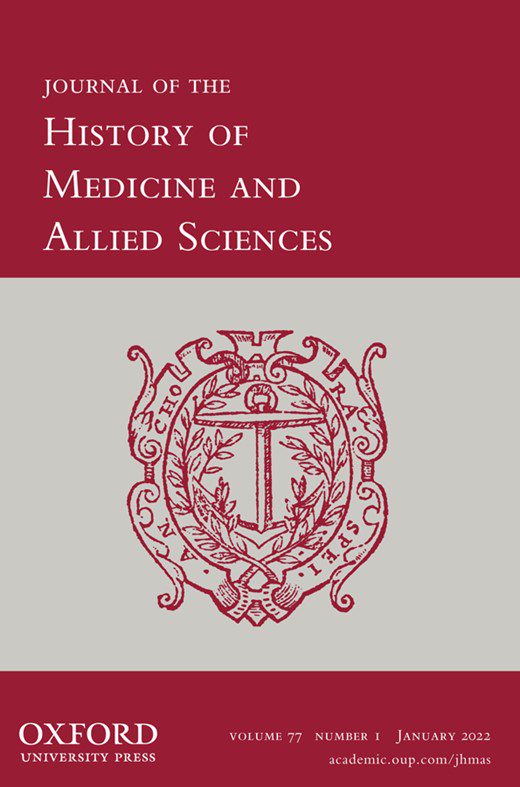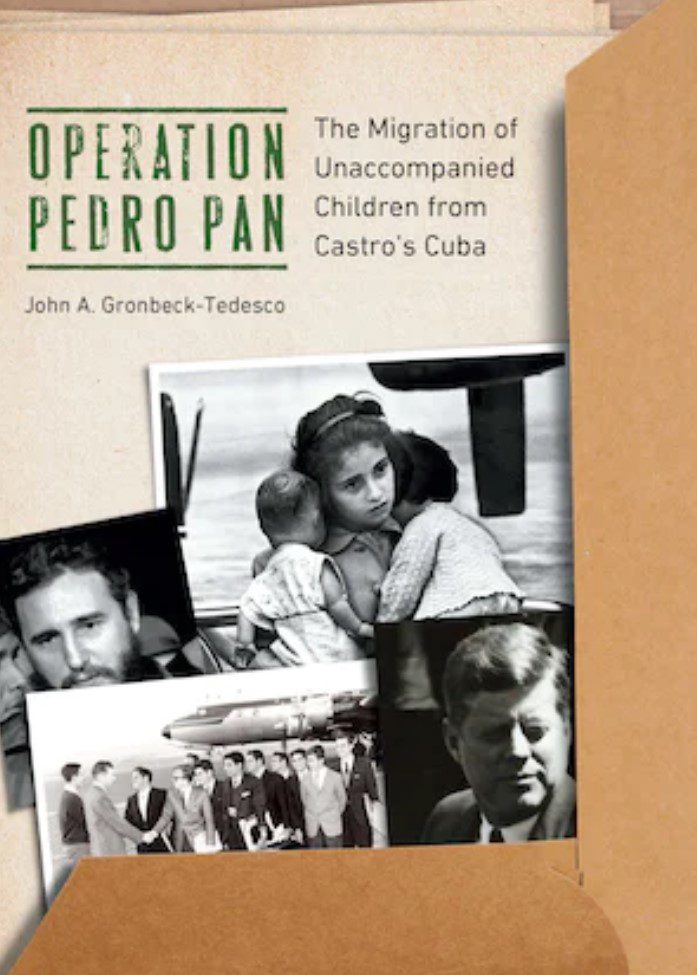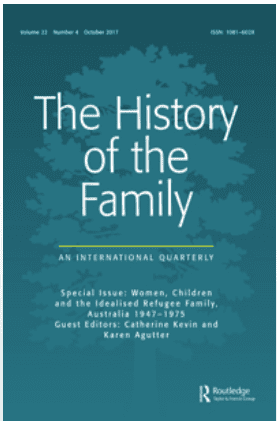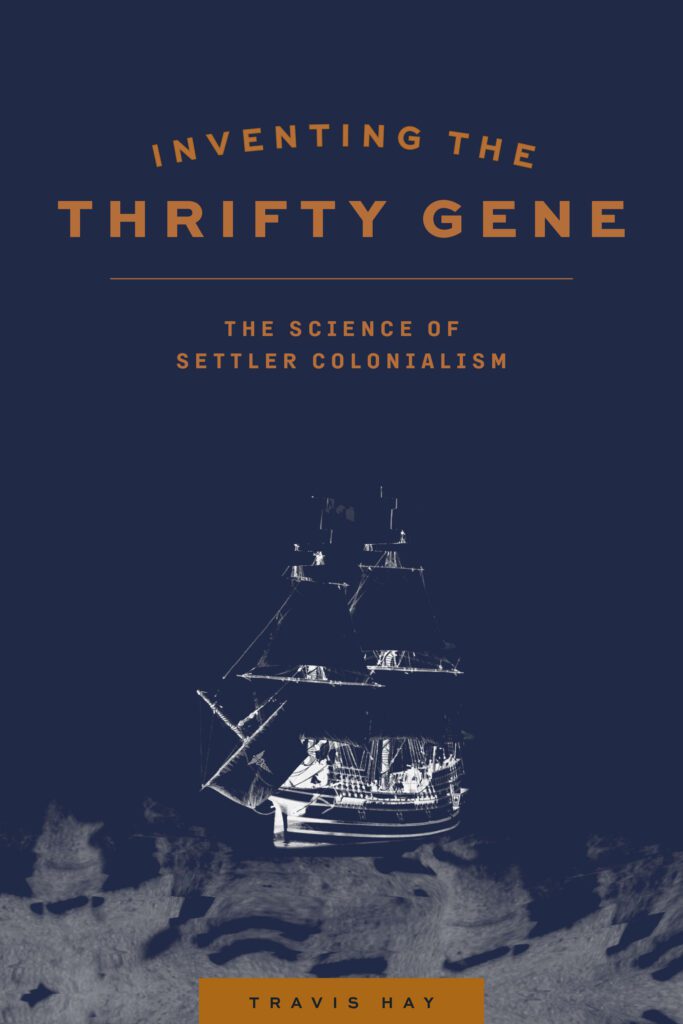
States of Liberation: Gay Men Between Dictatorship and Democracy in Cold War Germany

news, new scholarship & more from around the world














Volume 63, Issue 3, June 2022, Page 316-331
.





Volume 63, Issue 3, June 2022, Page 297-315
.





Phrenology is based on correlating character traits with visible or palpable cranial bumps (or depressions) thought to reflect underlying brain areas differing in size and levels of activity. Franz Joseph Gall, who introduced the doctrine during the 1790s, relied heavily on seeing and feeling skulls when he formulated his theory, as did Johann Spurzheim, who served as his assistant until 1813 and then set forth on his own. But Peter Mark Roget, a British critic of the doctrine, first assailed these methods as too subjective in 1818, and never changed his mind. George Combe, a Scotsman who admired Spurzheim, introduced calipers and other measuring instruments during the 1820s, hoping to make phrenology more like the admired physical sciences. In the United States, the Fowlers also called for more numbers, including measuring distances between the cortical sites above the organs of mind. Nonetheless, phrenologists realized they faced formidable barriers when it came to measuring the physical organs of mind, as opposed to basic skull dimensions. This essay examines the subjectivity that left phrenology open to criticism and shows how some phrenologists tried to overcome it. It also shows how vision and touch remained features of phrenological examinations throughout the numbers-obsessed 19th century. (PsycInfo Database Record (c) 2022 APA, all rights reserved)

A riot on Nevsky Prospekt in Petrograd (St Petersburg) on 17 July 1917 after troops of the provisional government opened fire; this unrest was a precursor to the October revolution.










A unique single-copy “unburnable” edition of Margaret Atwood’s The Handmaid’s Tale at Sotheby’s. This fireproof edition of the often-banned book was created to raise awareness about the proliferation of censorship.













